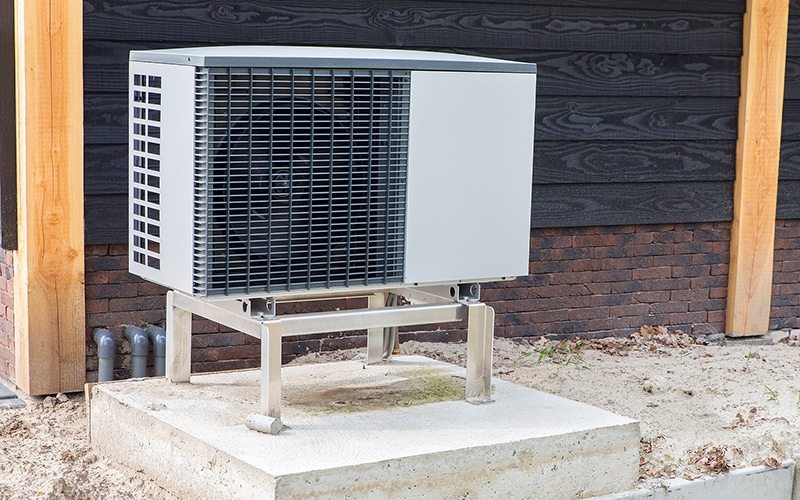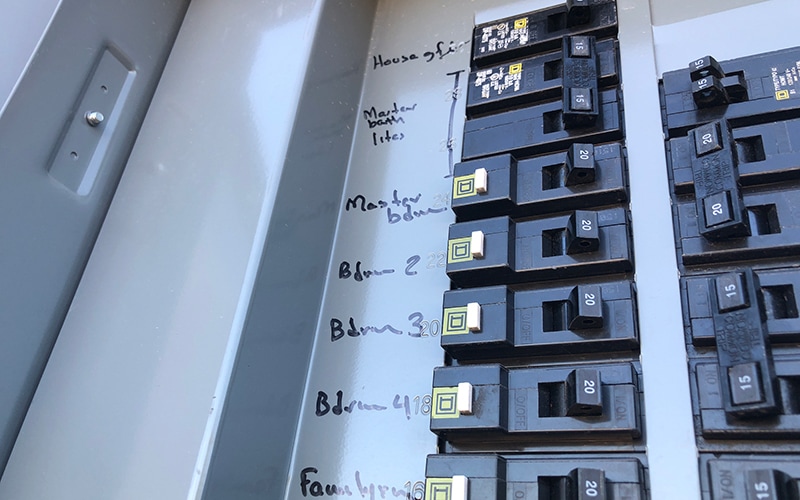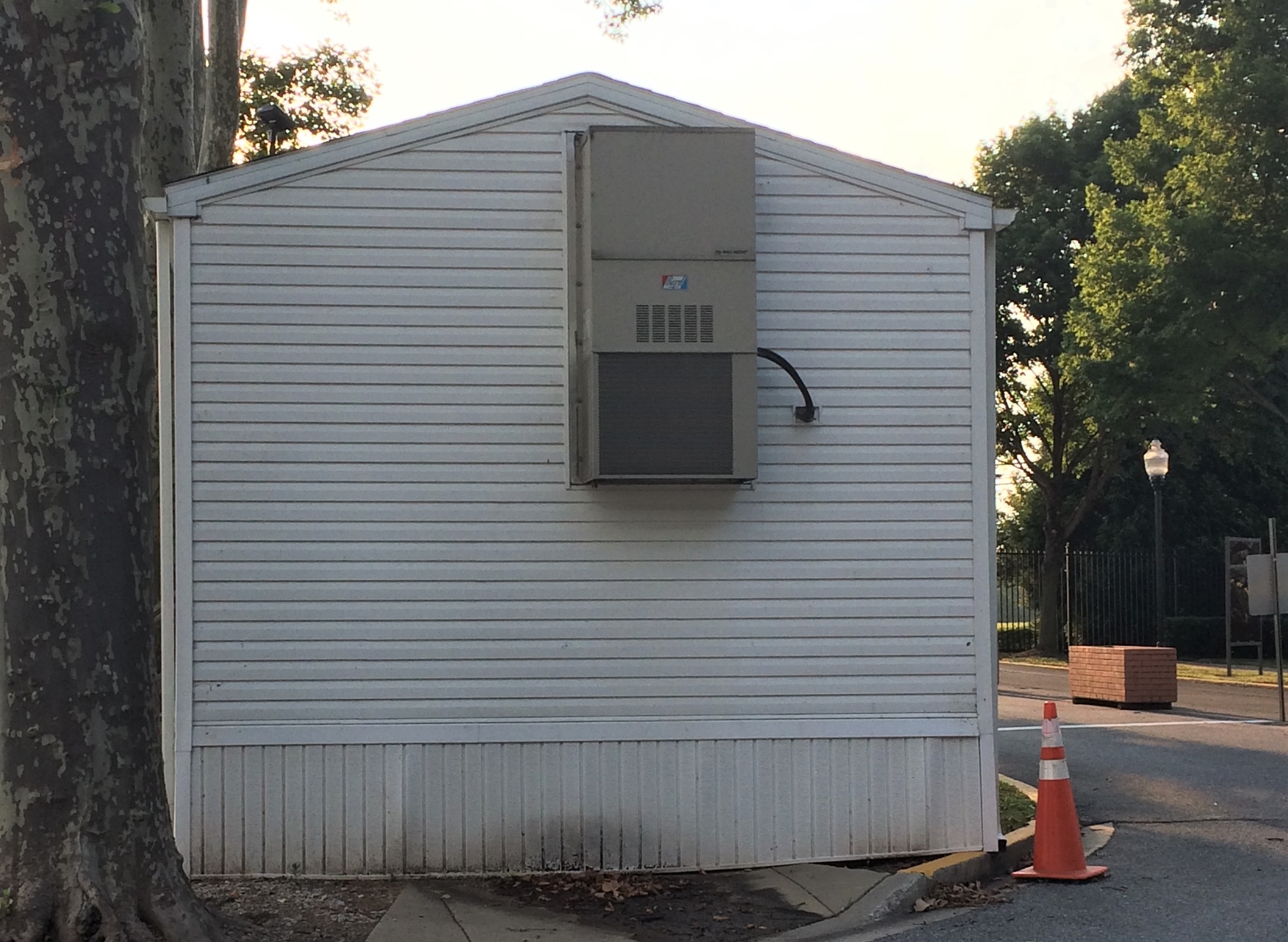Utility systems
Homeowners with damaged utility systems should consider
elevating those systems while they are being repaired or replaced in order to minimize future flood damage.
FEMA recommends that all utility systems be elevated to the Base Flood Elevation(BFE) or higher.
Below are general mitigation considerations for utility systems. Check with your local planning and zoning office or building department before you start.
 |
Relocating equipmentMoving equipment to a higher floor is particularly important for houses with utility systems in basements and below-grade garages. If equipment cannot be relocated to a higher floor, rooftop, or attic, the equipment should be raised as high as possible in its current location. Indoor equipment can be raised above the floor using a permanent pad or platform. Outdoor equipment can be elevated on a platform attached to the side of the house. The materials used to construct elevated platforms should be resistant to flood damage as described in FEMA Technical Bulletin 2, and should be non-combustible when required by the code. A pad should be properly anchored to the floor system or slab, and the equipment should be properly anchored to the pad. |
Electrical panelsPower outages after a flood event are often greatly extended if a house’s electrical panel is located below the flood elevation. To reduce this problem, the electrical panel should be relocated to an elevation above the lowest floor. When moving electrical panels first check with your local building department to determine if additional components, such as a service disconnect, or other replacement of other wiring inside the home will be required. |
 |
 |
Electrical wiringIn many houses, some wiring is located below the BFE, especially where the utility service is routed underground. If wiring is located below the BFE and the wiring is not rated for wet locations, the wiring should be encased in a non-corrosive metal or plastic pipe (conduit) when allowed by code. The conduits should be installed vertically to promote thorough drainage when the floodwaters recede. It is easier to replace damaged wiring if it is installed in a conduit. |
Mechanical systemsMechanical systems include the heating, ventilation, and air conditioning (HVAC) system, duct work, and the air handler that delivers the conditioned air throughout the house. Elements of the heating and cooling system below the BFE are subject to flooding. Ductwork beneath a house’s floor system is susceptible to flooding and should be removed and replaced if it is inundated by floodwaters. Specifically, the ductwork connected to the furnace and air handler is often the most at risk of flood damage because the furnace is often located in the basement. |
 |
 |
Water heatersWhen exposed to floodwater, the internal components of the water heater can be damaged, which is not always apparent externally, requiring replacement of the entire unit. To protect water heaters from flood damage, consider:
|